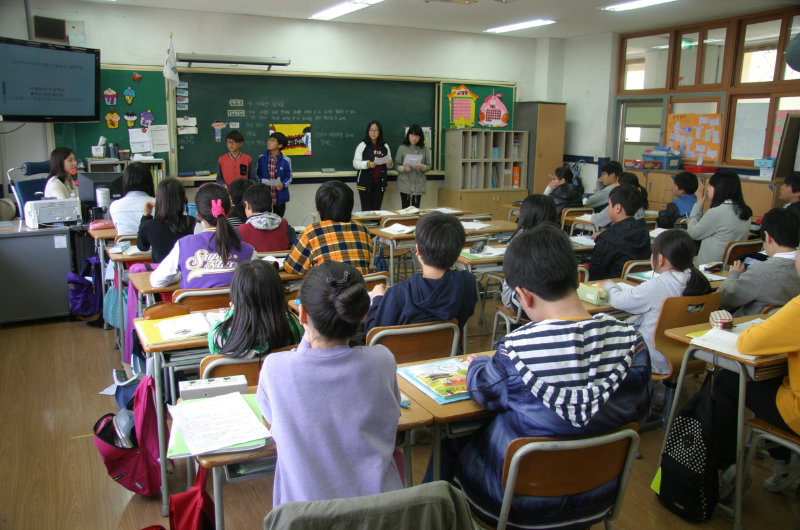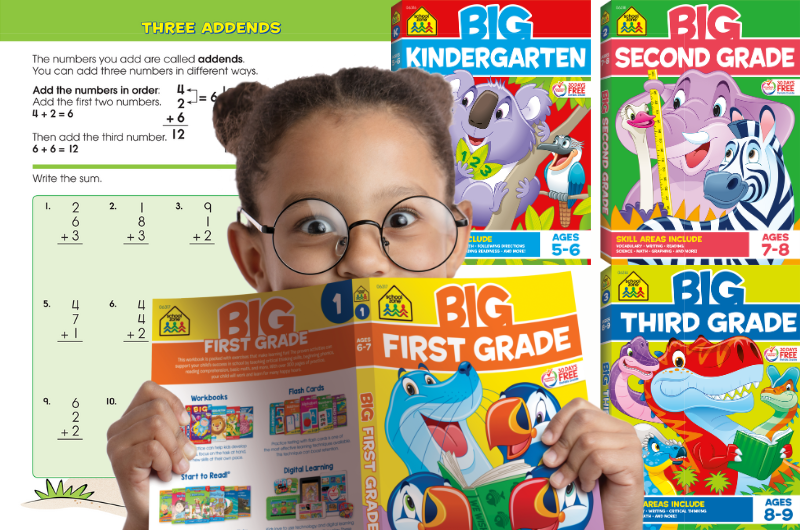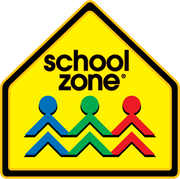We tend to underestimate “one” of anything. One can be powerful. Acting as one can represent unity. One word can make or break. One act of kindness can change a heart. But one can be even bigger.
One can reach into near-infinity
Malala Yousafzai, the Pakastani female education activist, who at 17 in 2014, became the youngest Nobel Prize laureate when she received the Nobel Peace Prize, has said, “One child, one teacher, one book, one pen can change the world.”

However, one can also feel lonely. Teachers are facing more challenges than ever. And although parents have always been their child’s first teacher, for a host of reasons, an increasing number are formalizing the role on an extended basis. That can feel lonely, too. Last year the Washington Post, examined home schooling’s surge in the U.S. Their research drew on interviews but also data from multiple sources including “nearly 7,000 school districts and a national poll of home-school parents.”
They found that although the pandemic produced an unprecedented move to remote learning/homeschooling, “the number of children in home schooling remained 45 percent higher in the 2022-23 academic year than it was in 2017-18, based on data collected by the Post.”
That’s a huge jump and the reasons are many. One thing they have in common? Parents take on the role of full-time teacher because they love their kids and want to be hands-on with their learning.
Teaching kids is hard work and getting harder

Teachers go into teaching because they too, love kids and helping them learn and grow.

But in September of 2022, as the worst of the pandemic was easing, Chalkbeat published, “The Teachers Who Aren’t Coming Back This Year,” by Erica Seryhm, and asked teachers who had quit, why they had quit. One Michigan teacher who had retired after 25 years’ service, mentioned increased class sizes and decreased pay and benefits among other factors in her decision. She closed by saying, “Finally, students are not getting the full support and resources they need for the mental and physical challenges they are facing.”
Similar comments and observations appear in many sources.
Last May, Arthur Jones II reported for ABC News on a survey of the nation’s “Teacher of the Year” in every U.S. state, territory, and the District of Columbia, with 35 of 55 of those teachers electing to participate.
His report states that “Teachers have to accommodate students not only in their lessons but in all aspects of life, according to Stephanie Camacho Concepcion, a Guam elementary school teacher.” The ABC story also says that based on data from multiple sources, 42 states and territories reported ongoing teacher shortages last year.
Jones also quotes a 2023 national finalist teacher, who describes the added burden of the shortage on teachers and paraeducators who have stayed.
Like the reasons for a big jump in homeschooling, the reasons for teacher burnout are many.
Get hard-working tools that work everywhere
Even when being pulled in many directions, everyone shares one common goal: wanting what’s best for kids. Learning tools with lots of options tend to make life easier for parents and teachers and learning easier and more fun for kids. For example, the Kindergarten Full Learning Program from School Zone, includes 3 unique step-by-step workbooks designed with teacher input. They build skills sequentially, getting progressively harder. “I Can” statements on every page grow confidence and make clear what still needs work. Featured activities build fine motor skills, and QR codes link to complementary activities in the Anywhere Teacher online learning program. Reward stickers add to the fun.

The set also includes four early reading books—two fiction and two non-fiction—that expand emergent word skills and make grasping print concepts super fun; 2 sets of very portable flash cards that reinforce learning, and 6 games that build problem-solving and social-emotional skills.
With so many options, not only does the set help one child advance their skills, but multiple kids at slightly different stages can benefit. Plus, one or more kids could be busy with flash cards, while others are playing games.
On a somewhat similar note, School Zone’s 320-page “big” workbooks: Big Kindergarten, Big First Grade, Big Second Grade, and Big Third Grade, pack in a lot of learning. And their easy tear-out pages make great individual worksheets for one child or multiple kids.

In a traditional classroom or at home, both the Full Learning Program and its assortment of components, and the Big Workbooks, can offer fill-in or supplemental activities, including those times when a teacher and/or homeschool parent needs to give undivided attention elsewhere.
Because again, we all want one thing for kids: the very best.












